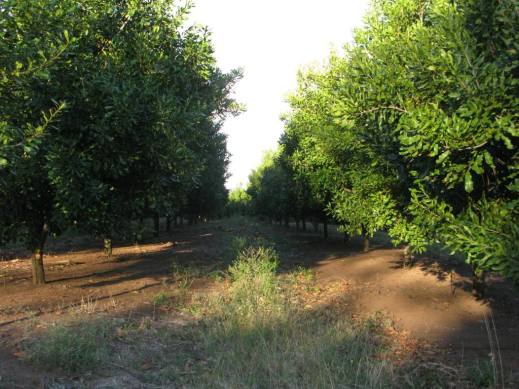Sustainability Lessons from Tree of Life

Thanks to African Christian College’s Tree of Life Project (our 14,000 macadamia trees), my dad is presenting at the Africans Claiming Africa for Christ Conference in Lusaka, Zambia today. The topic assigned: sustainability.
Sustainability is a word plagued with ambiguity. Depending on the context, the idea of “enduring” takes on its own life. Usually when I talk about ‘sustainability’ I am thinking about organizational sustainability in regards to finances. To be more specific, I’ll provide a definition:
sustainability – the ability to secure stable and sufficient long-term financial resources, and to allocate them in a timely manner and appropriate form, to cover the full costs of the organization.
To be clear, ‘stable and sufficient long-term financial resources’ include revenue generating activities (like selling macadamia nuts), fees (like tuition), reducing expenses (like growing our own food for the cafeteria), and fund raising (like churches and individuals committed to current and future support). Sustainability and self-sufficiency are not the same.
Yet, African Christian College seeks to be a truly African college – not totally or primarily dependent on outside funding. To accomplish this aspect of our vision we must focus on sustainability with a variety of strategies (and we are making good progress).
The Tree of Life Project provides ample content for exploring the move toward sustainability. So, as part of dad’s presentation today, I helped by putting together a handout on sustainability lessons using ACC’s experience with Tree of Life as a case study.
The two-page handout includes an abbreviated history and description of some of our challenges I think you’ll find interesting. But here are the 8 lessons we highlighted in encouraging congregations and ministries seeking sustainability:
- Secure local resources before it’s too late — We should seek stable and sufficient long-term resources from local sources before the threat of losing funding from the outside.
- Use your assets — Identify resources (expertise, land, labor, time) you already have and find ways for producing revenue.
- Do what works — Find things that earn money and are needed in your community.
- Plan carefully — Major, long-term investments in a project should be researched and may need expert help (if not expert leadership) to be successful.
- Prepare for threats — The unexpected will happen, but many costly mistakes can be avoided with preparation.
- Invest in success — Equipped staff, adequate tools, and commitment from the leadership are essential for any strategy to work.
- Evaluate and improve — Don’t keep doing the same thing; look for ways to improve efficiency, increase income, and reduce costs.
- Remember the mission — The strategies exist to accomplish the mission. Find ways to integrate the strategies with the mission or remember the goal is funding the mission.
I’m sure there is more to be learned even out of the Tree of Life case study. What are we missing? What did we get wrong? What stands true in your experience?

Recent Comments